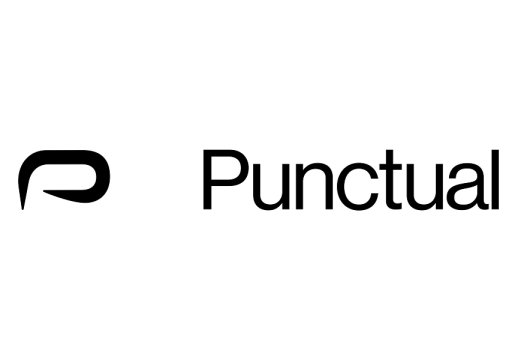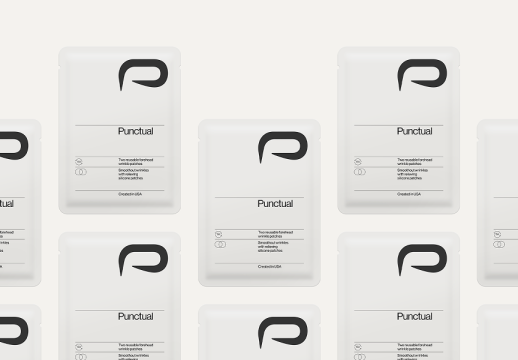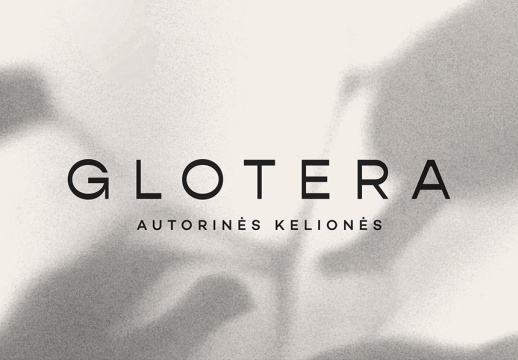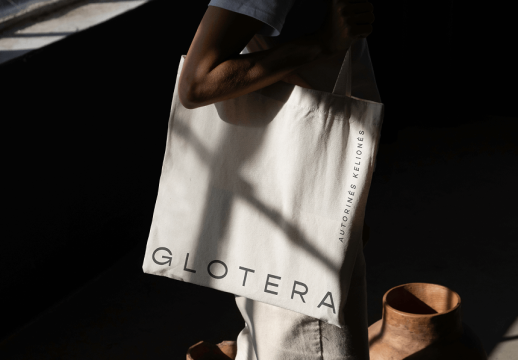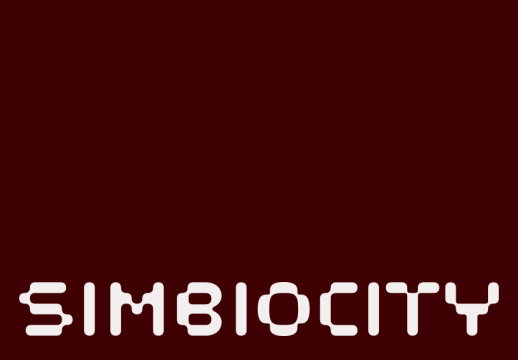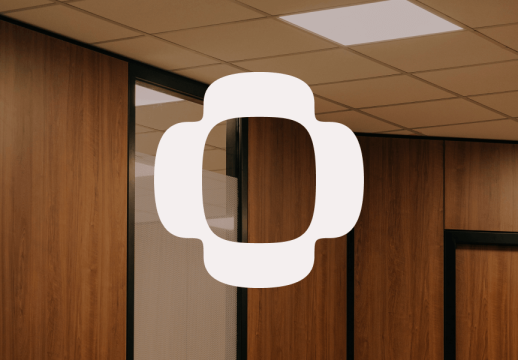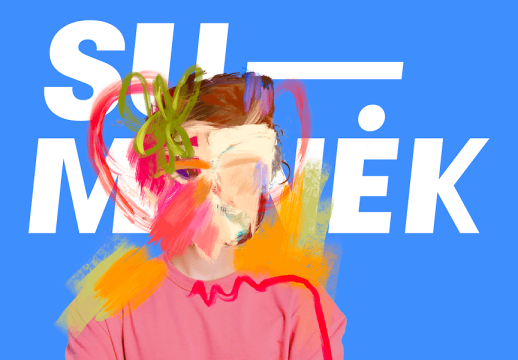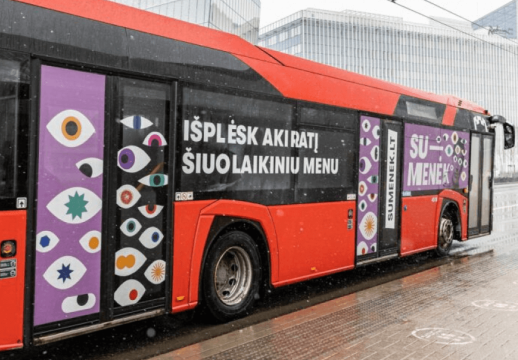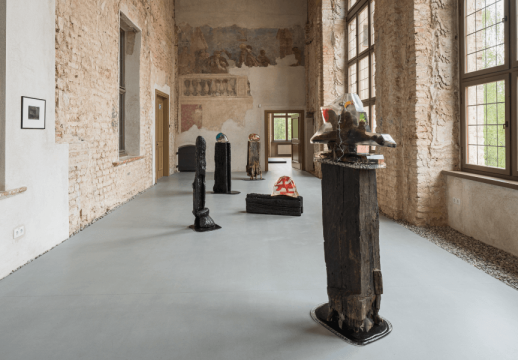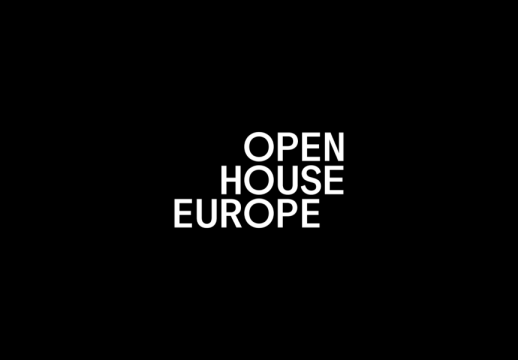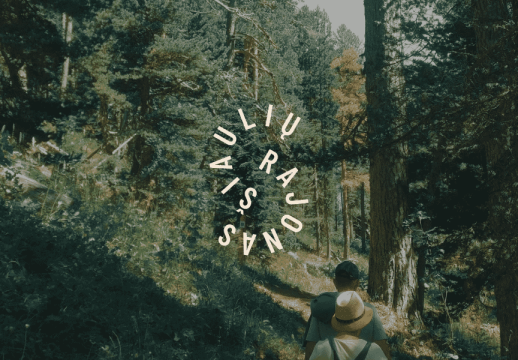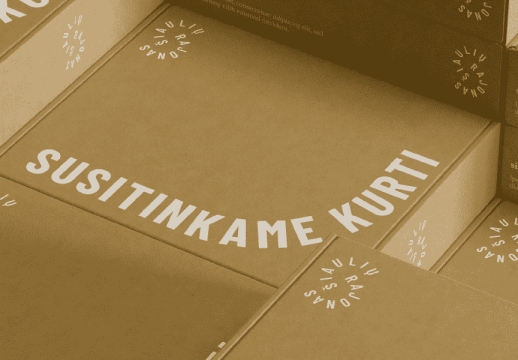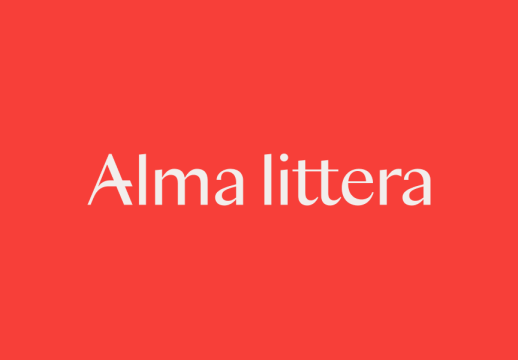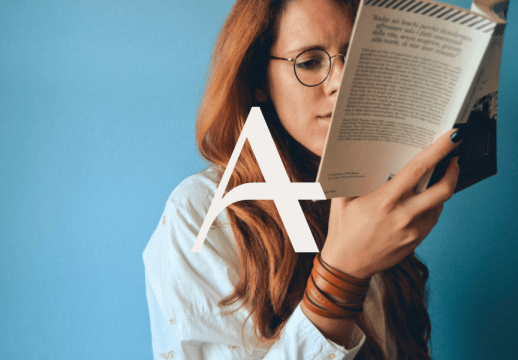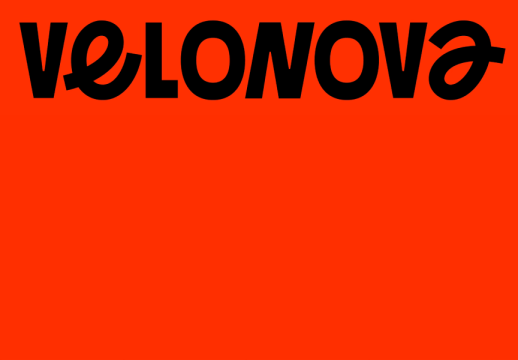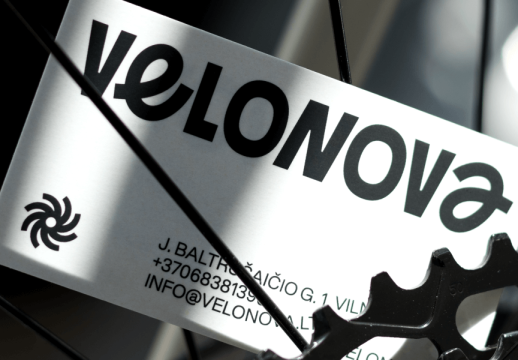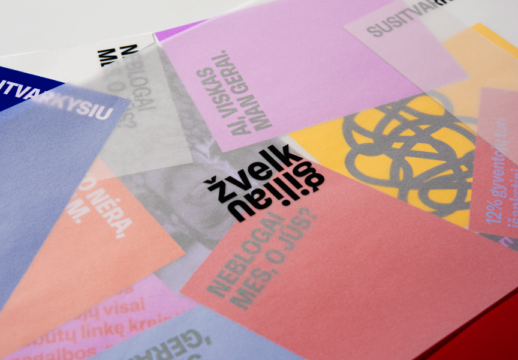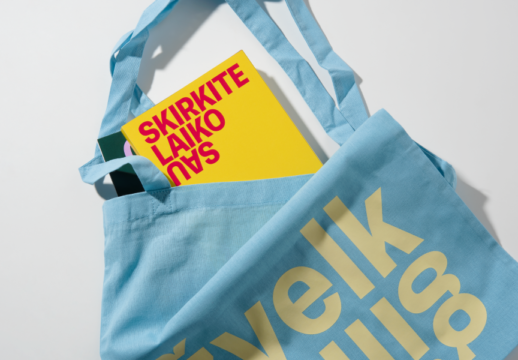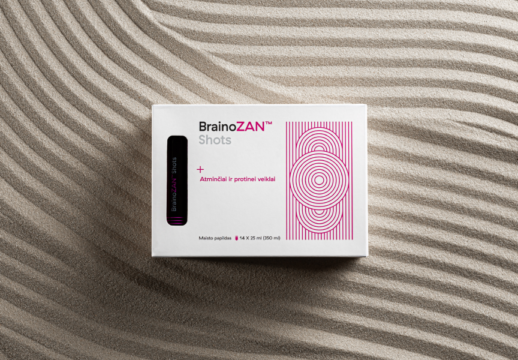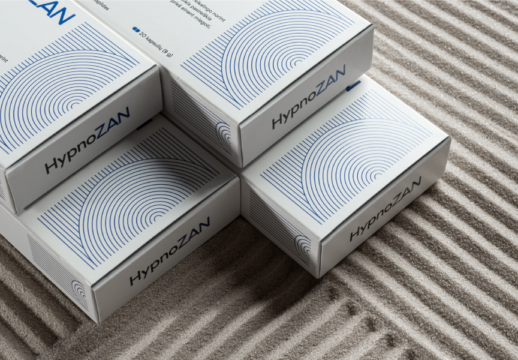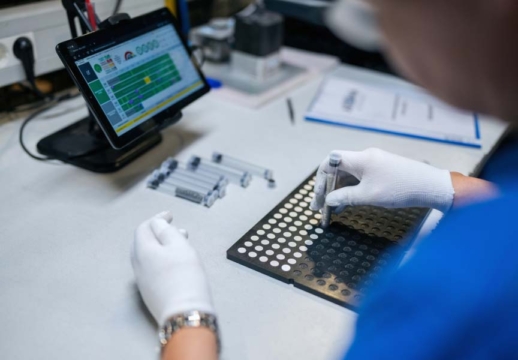Circuloop
- Jonas Liugaila
- Martynas Bacvinka
- Gabrielė Karnilaitė
- Živilė Mubarak
- Jokūbas Mažeika
- Paulius Budrikis
- Deividas Juozulynas
- Žymantas Abromaitis
- Miglė Lapienytė
KTU
Education
Brand support, Communication, Brand strategy, Visual identity, Sensemaking, Research, Engagement, Data analysis, Brand positioning
2021, 2022, 2023, 2024
Circulσσp is a platform that helps its participants design circular products and services. This platform exemplifies cooperation between the public and private sectors, with universities, experts, and agencies combining forces to define how circularity should be applied in developing ideas.
The Challenge
How to design processes and platforms to cultivate circularity in practice?
The context of the challenge
The Circulσσp project aims to address the slow transition to a circular economy by providing a toolbox for circular product and service design. The approach involves ‘zooming in and out’ from product to system levels. The toolbox includes a digital platform that offers training materials, resources, and a Circular Idea Form. This form guides designers through ten thematic categories critical for circular product development.
The training materials cover the circular design mindset, knowledge, technical skills, and implementation skills, offering exercises and case studies for practical learning. Additionally, the project features a Circular Design Journey program, also known as a pre-accelerator, which includes workshops, mentoring, and consultancy. This program follows a Triple Diamond process based on design thinking. Cycle 1 focuses on generating solutions, while Cycle 2 emphasizes product development, circular business models, and brand development.
Our roles in the project development and implementation process Part of the pilot project implementation team

Carried out by

Partners

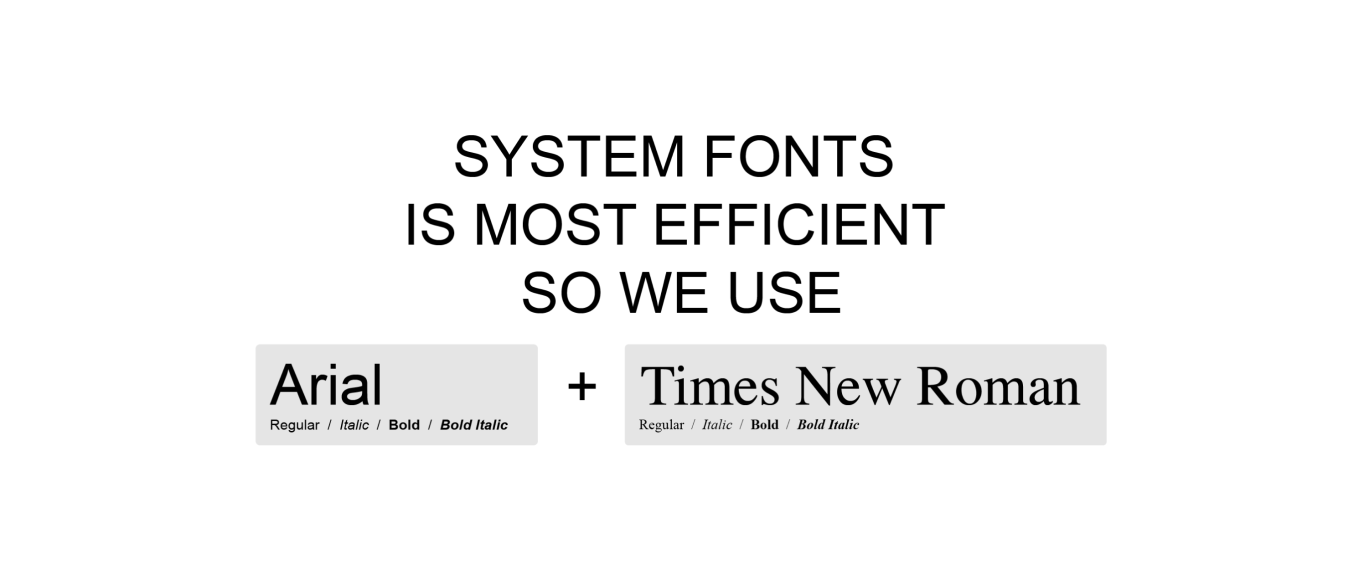
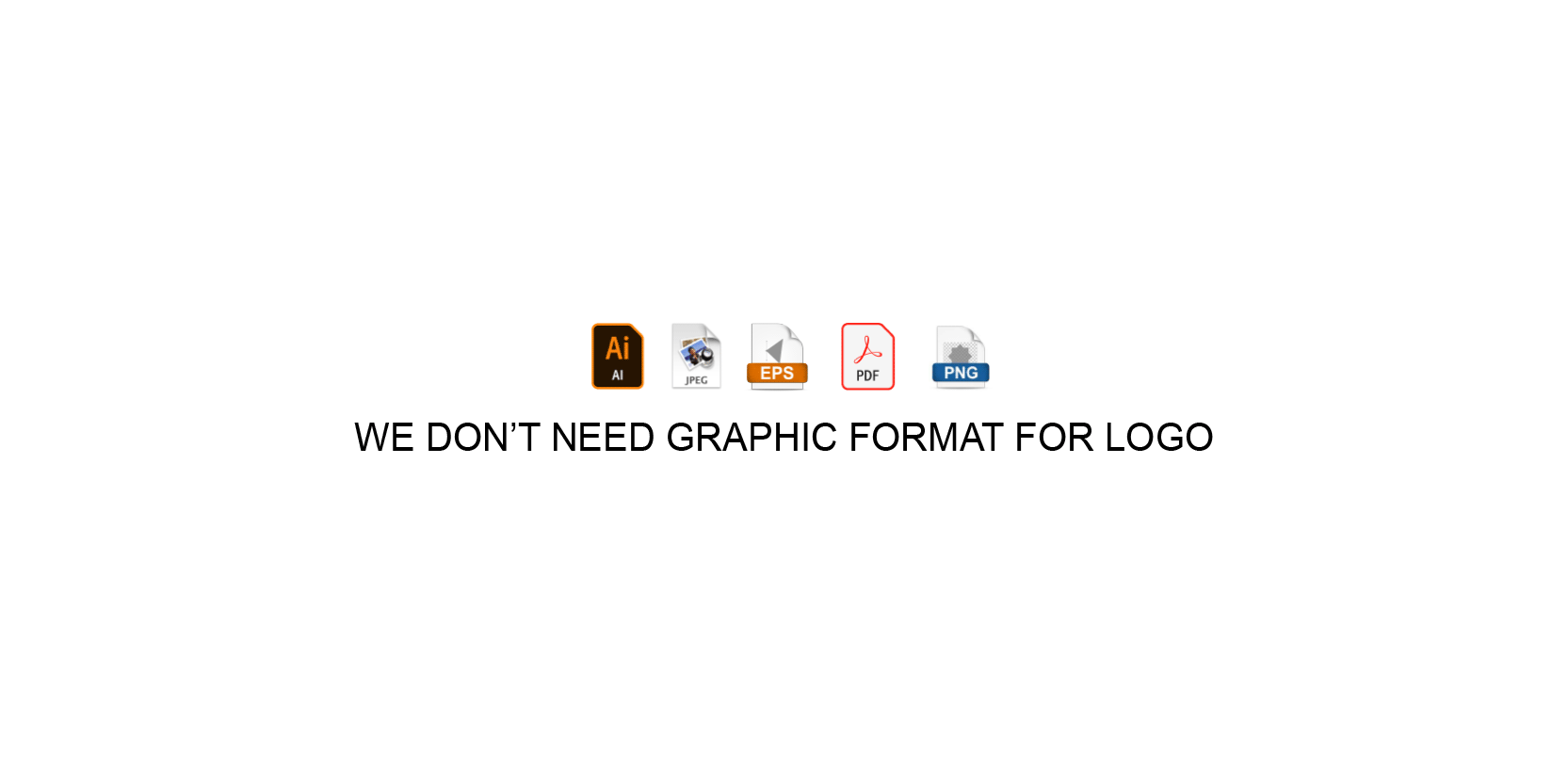
Typeface and logo
Sustainability principles were first applied by choosing systemic typefaces, i.e., typefaces already present in the artifacts. This makes the identity less demanding in terms of preparation, maintenance, more compatible, durable, and universally communicative. These typefaces were used not only on the website or other tools but also in the logo. To add uniqueness, Glyph symbols were introduced, replacing the letters OO with circuloop symbols. In this context, a logo constructed with such symbols is superior to a graphic one because it is more efficiently displayed in digital tools and quickly reproduced in various application scenarios.
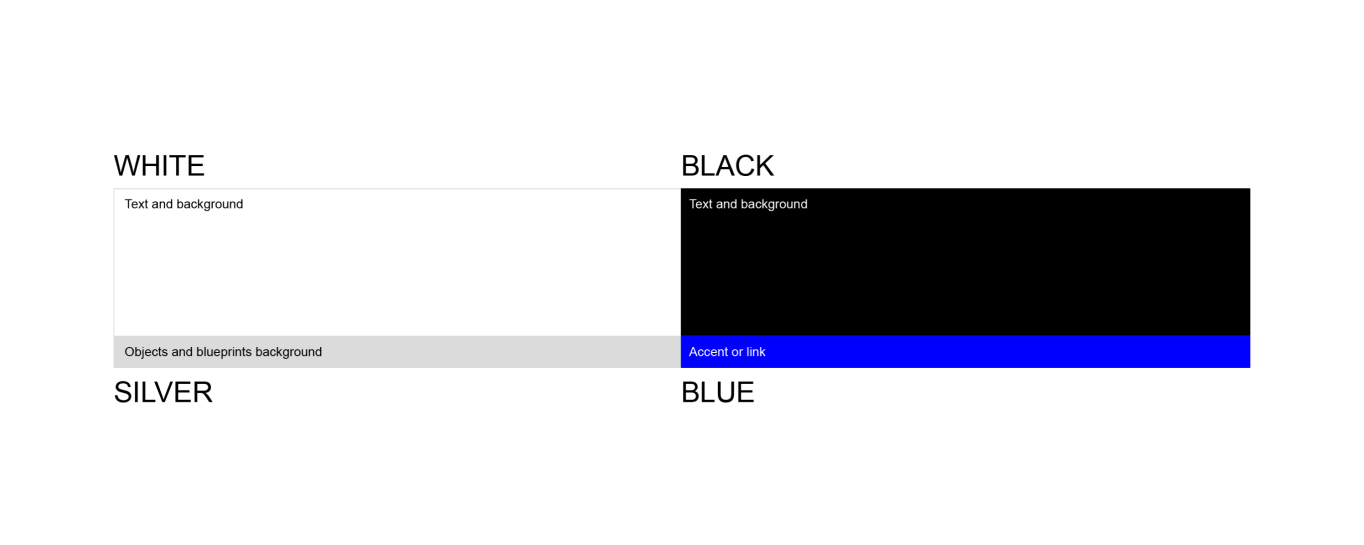

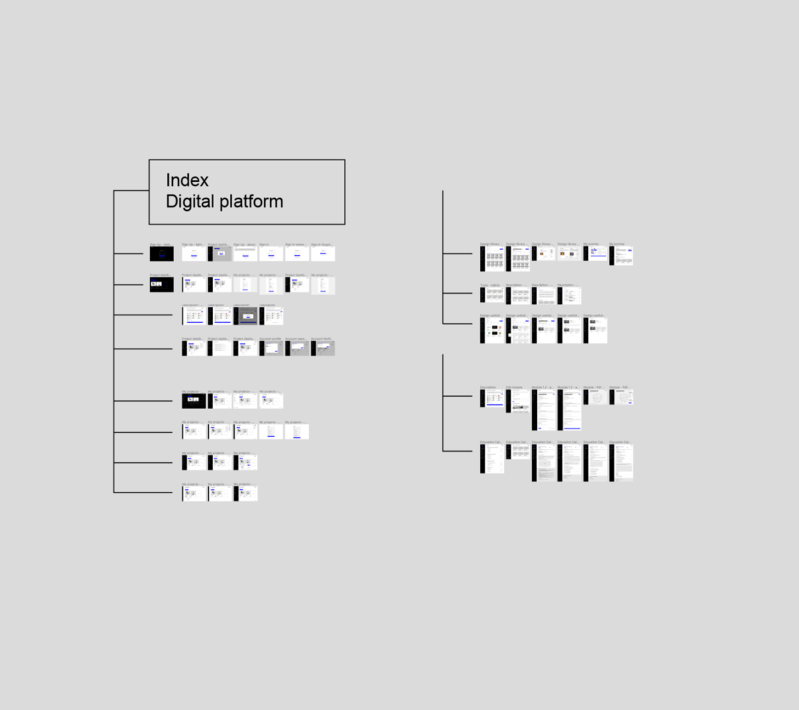
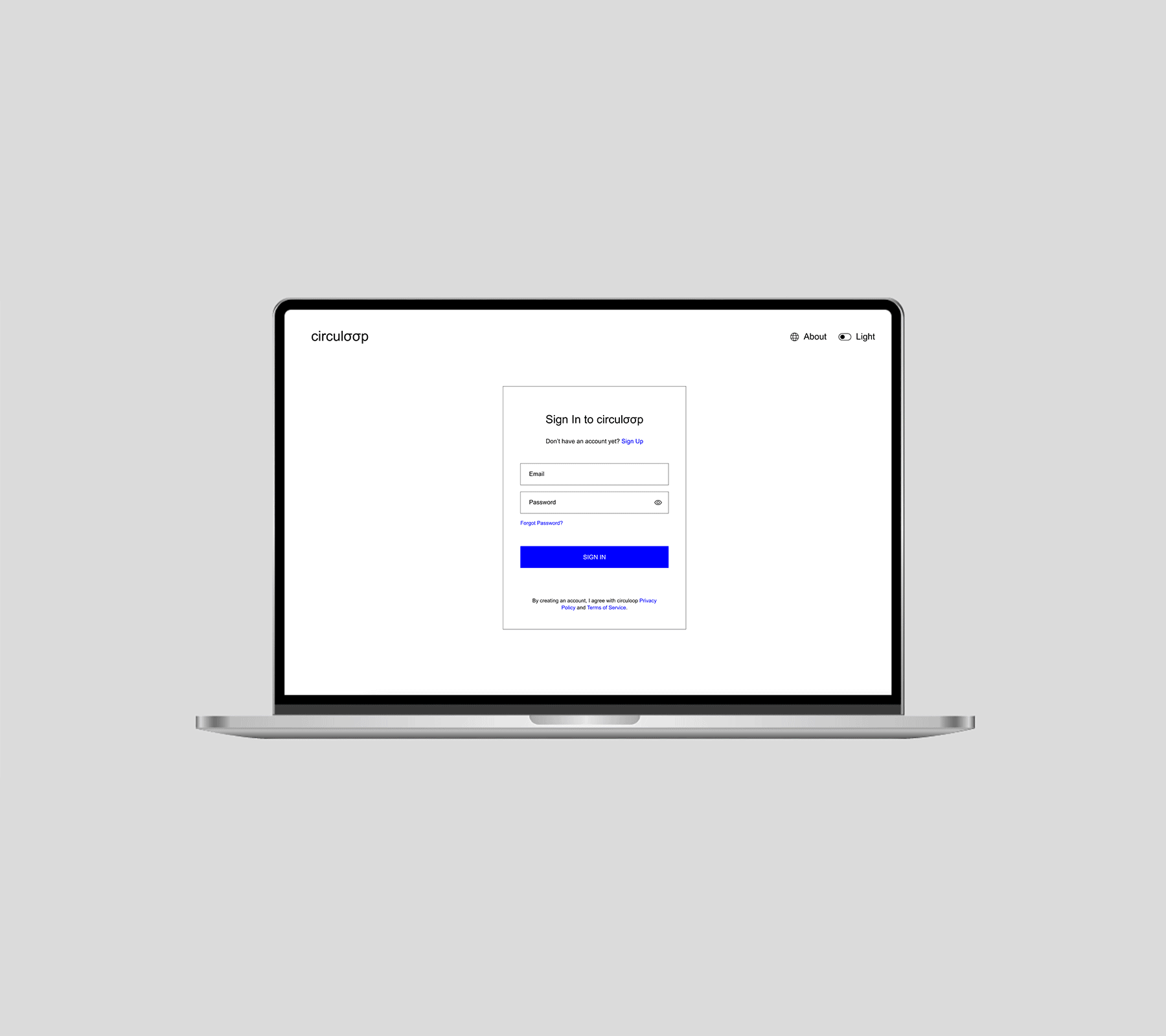
Images, graphic elements and tools
The uniqueness of the identity is created by combining the systemic Arial font headlines with associative, visually random images, icons. These images are not subject to criteria of similarity or a unified style. The most important aspect is that the image aids in quickly scanning content, requiring minimal time for searches. Images are not specially created; they are sourced from publicly available, free internet platforms.
The same principle is applied to the formation of schemes, using standard settings of the programs in all cases.
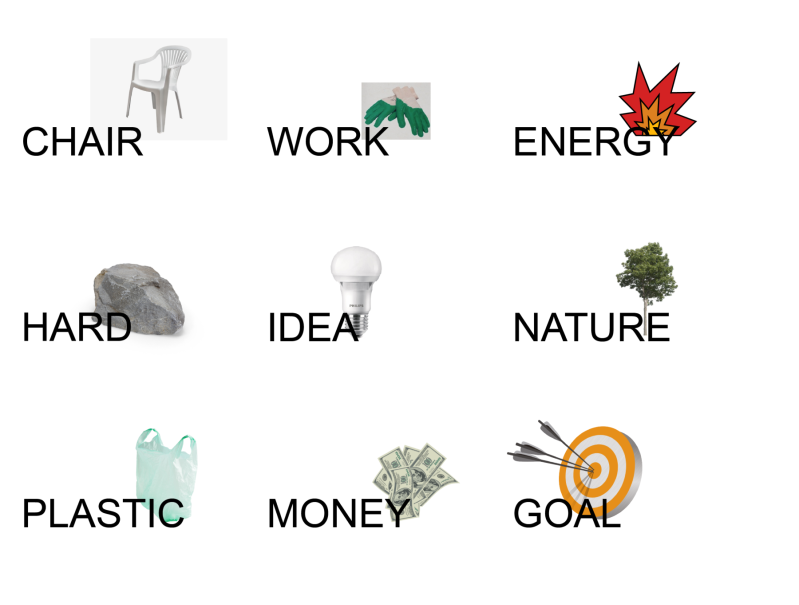
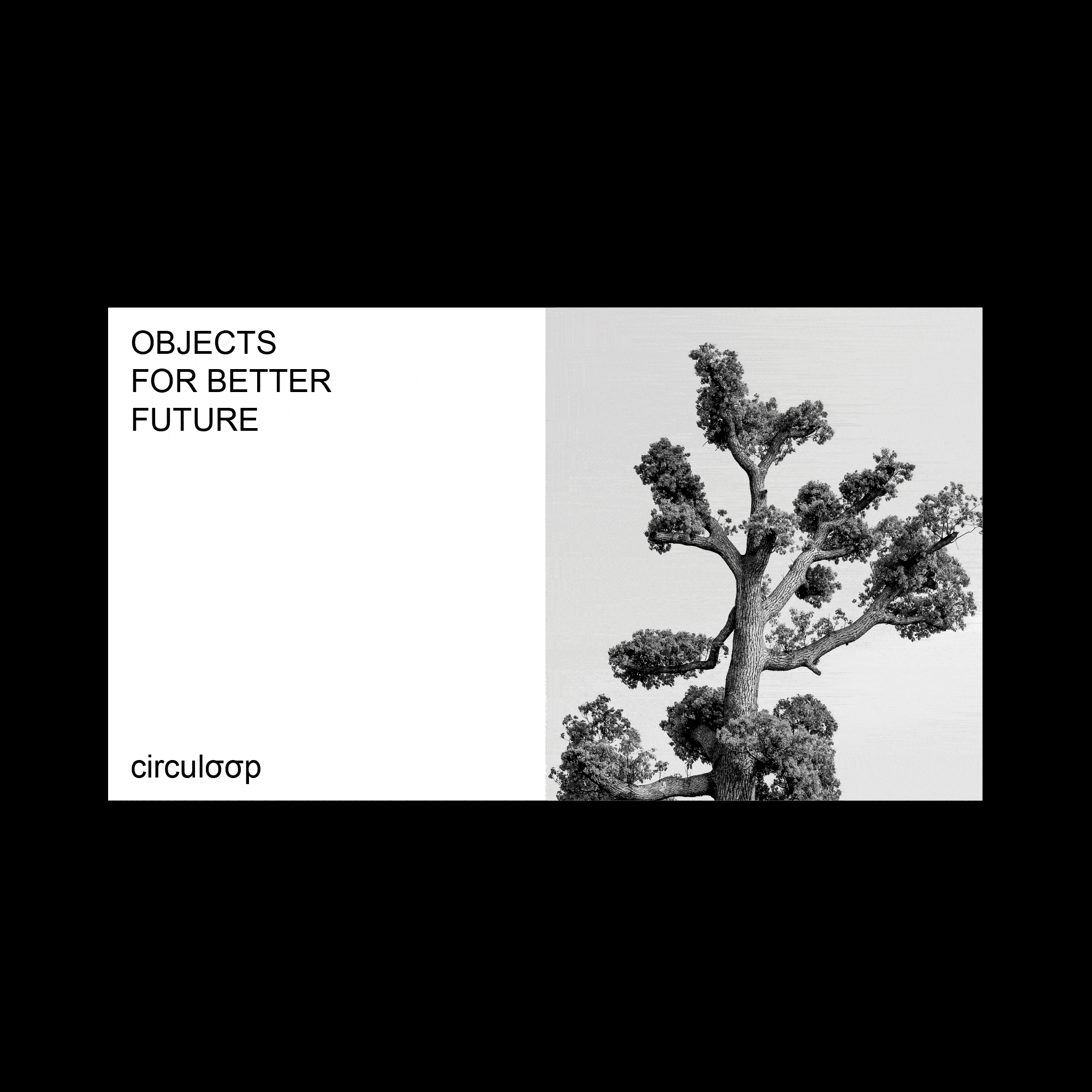
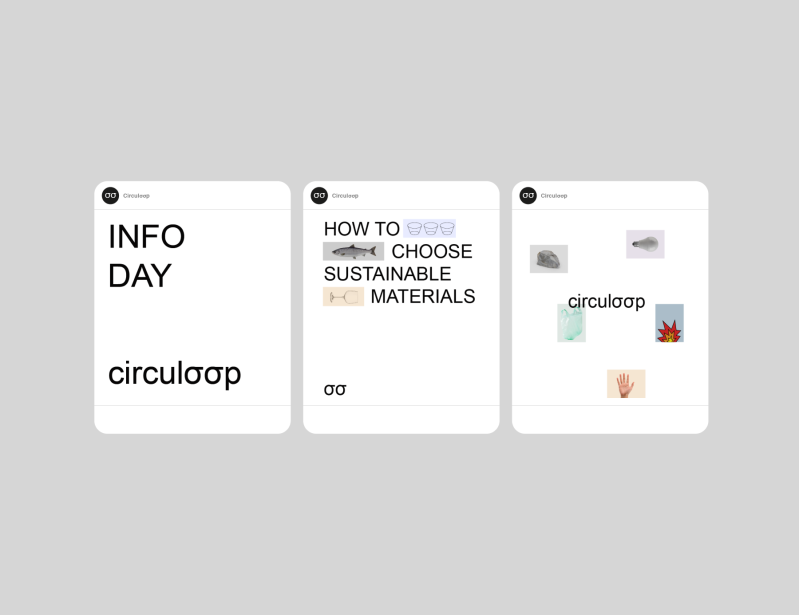
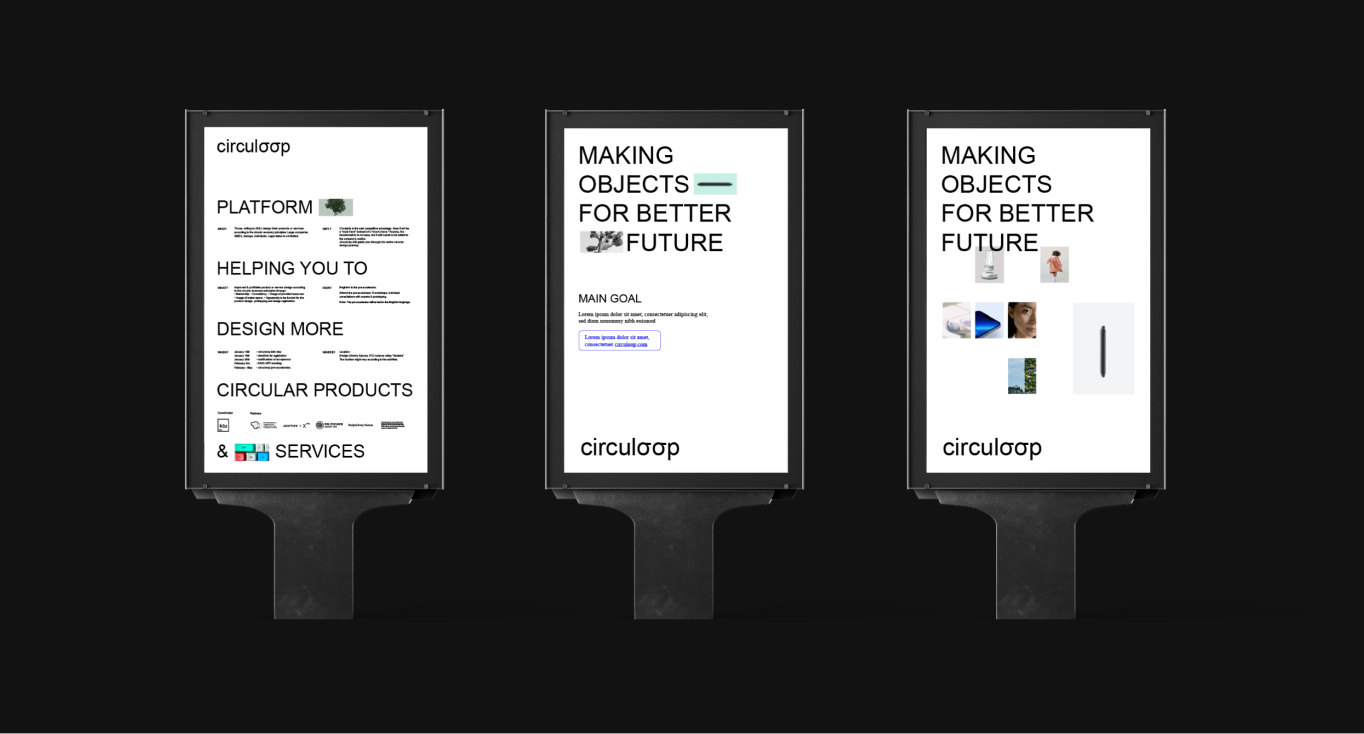
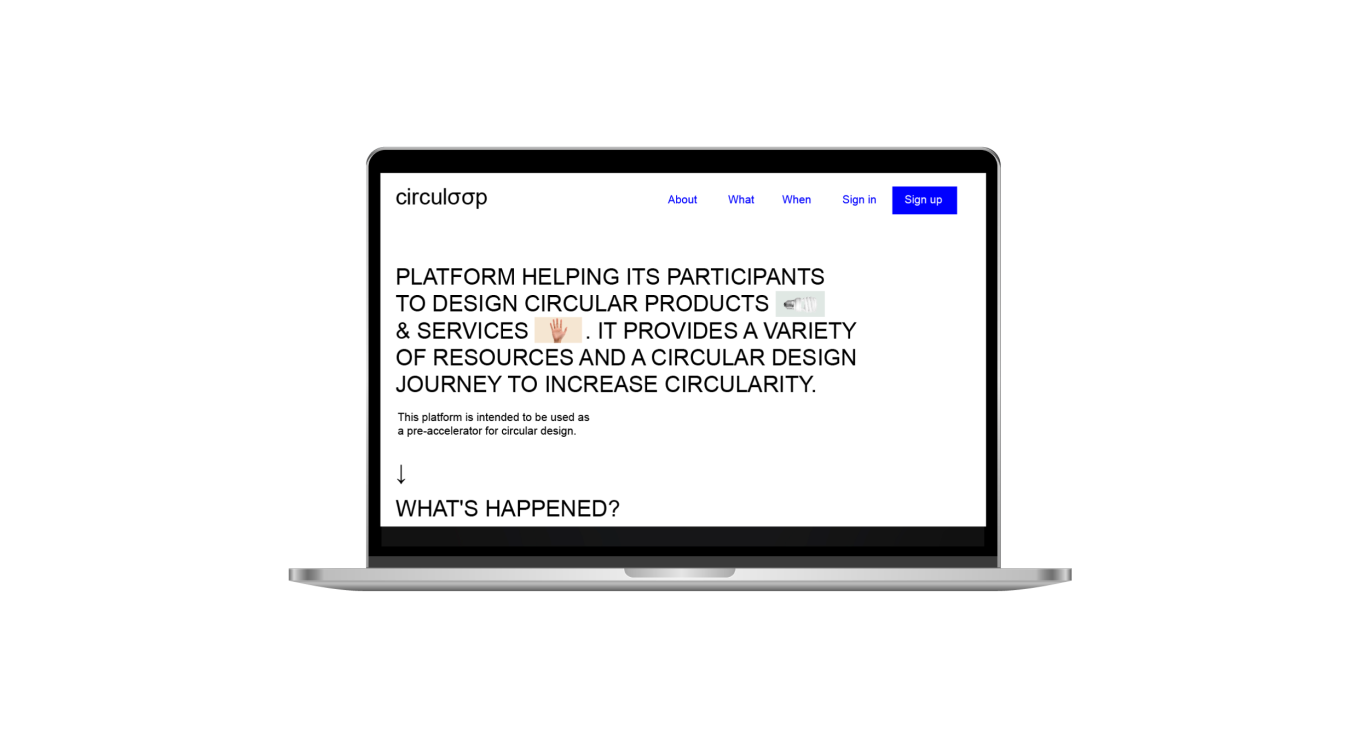
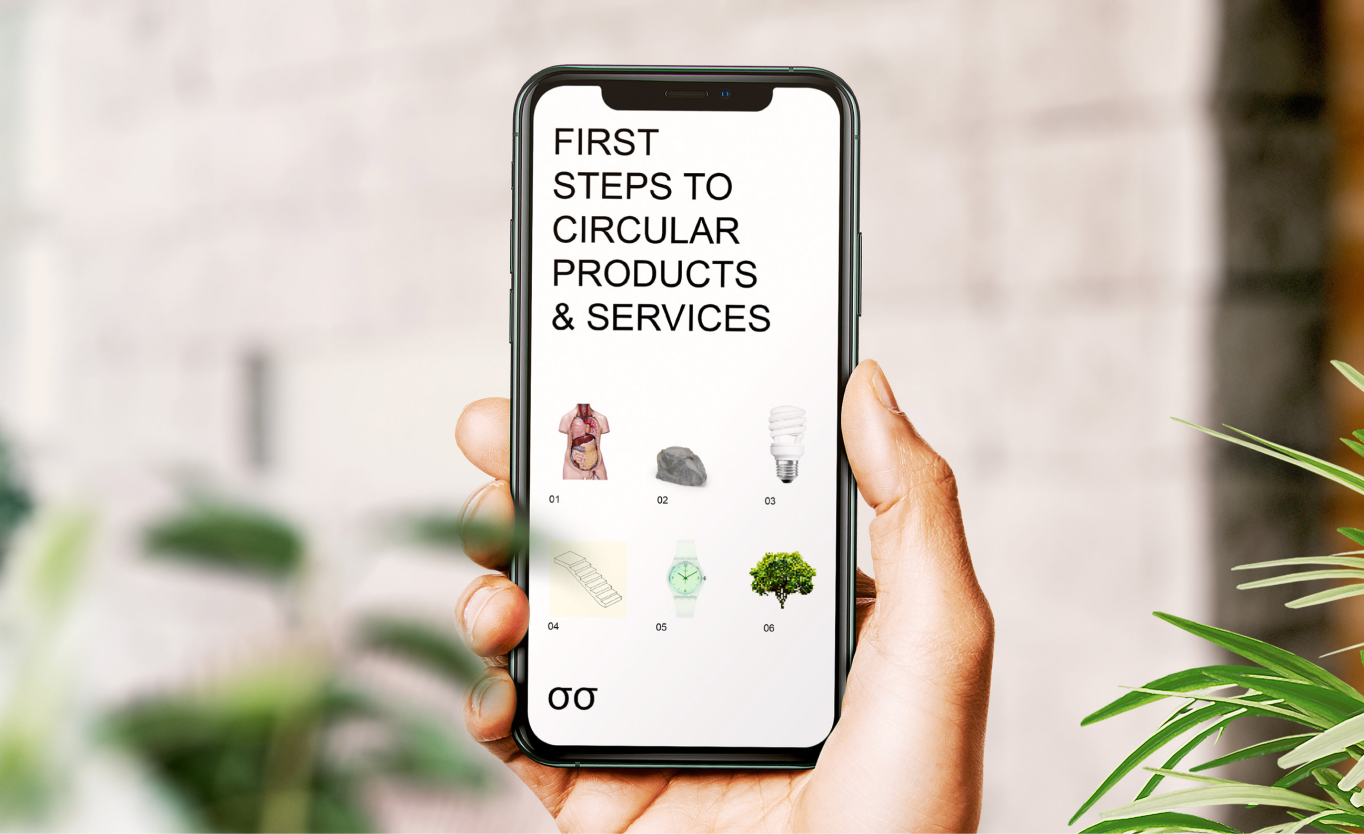
Physical tools
For physical tools in the identity, the principle is proposed that creators think creatively and apply sustainability principles, using, reusing tools that have already been used for another purpose.
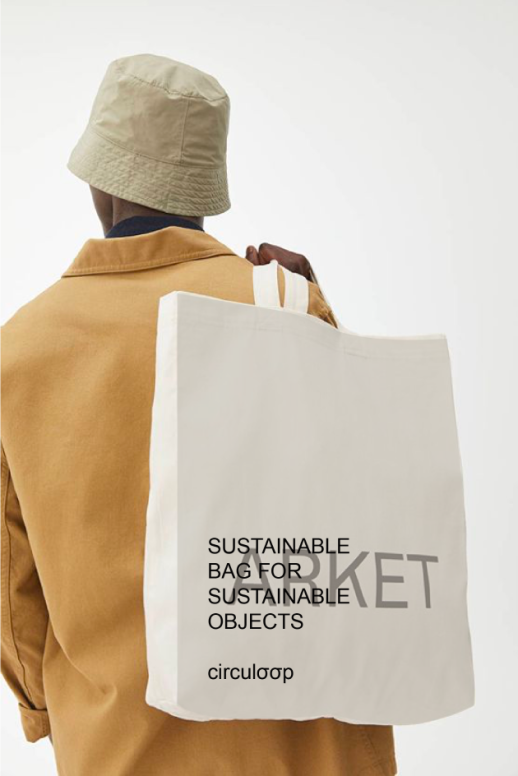
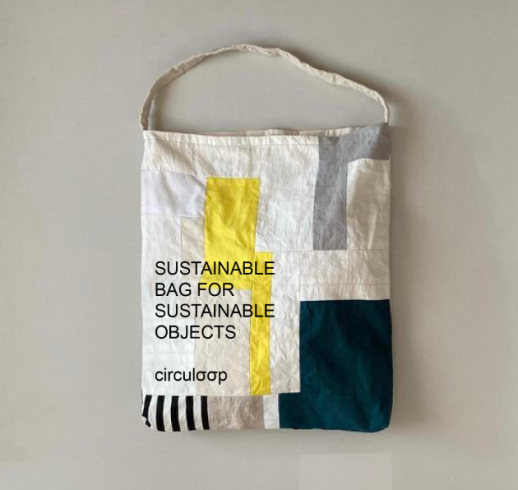
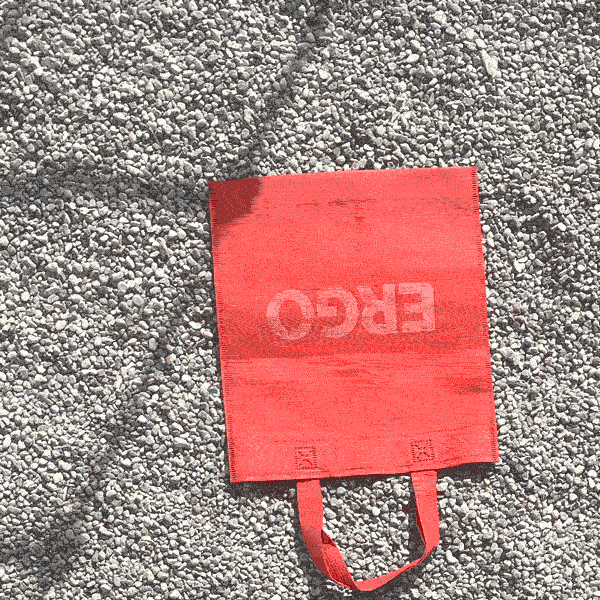
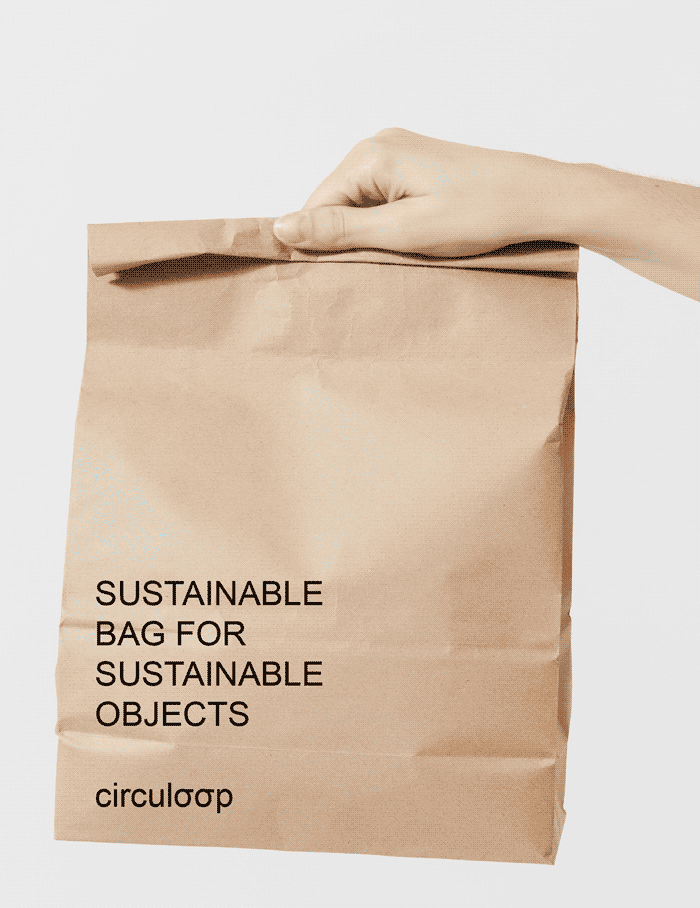
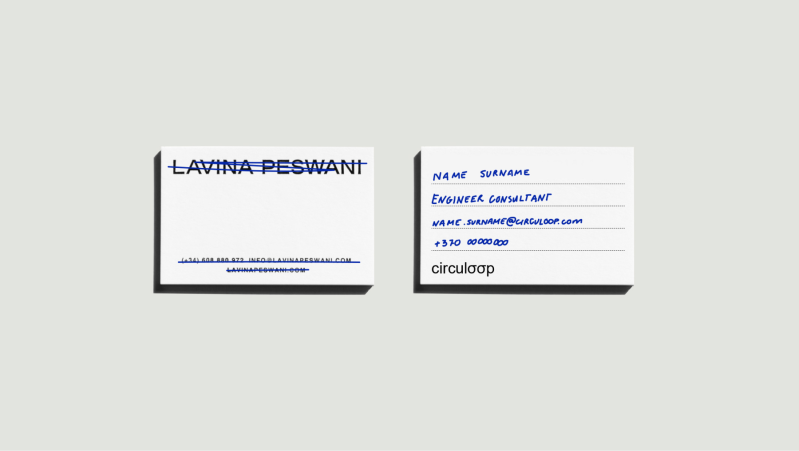
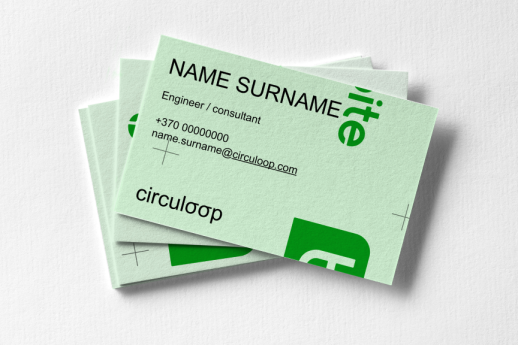
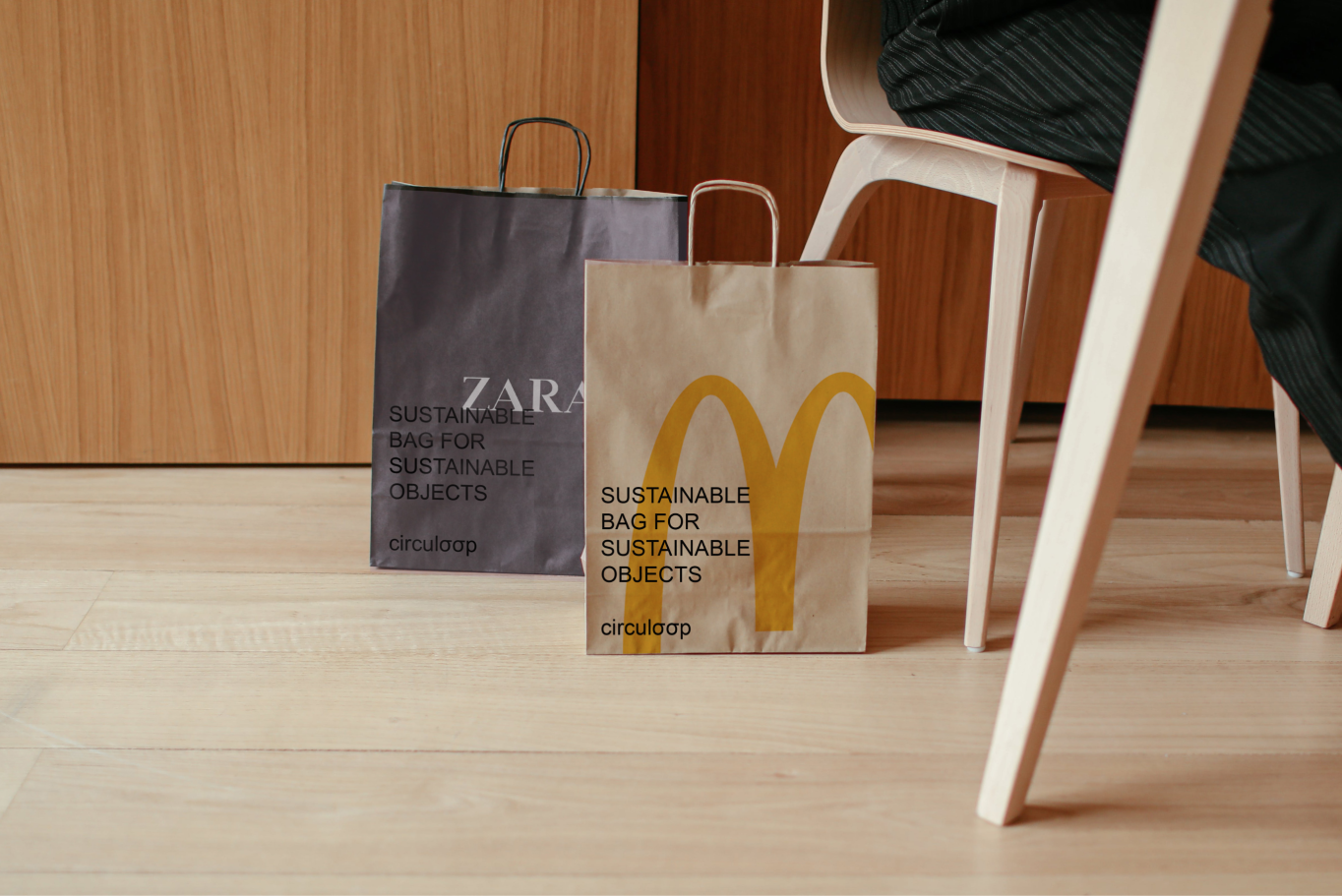
Workshops
One of the places that has extensively experienced identity solutions is the template used in pre-accelerator creative workshops.
Project participants engaged in activities by participating in eight creative workshops, each with dedicated tasks for the participants, provided through templates specifically created for these cases. The templates adhered to high standards of clarity and intuitiveness, ensuring that participants could smoothly and quickly navigate the process to achieve the goal through interaction with them.
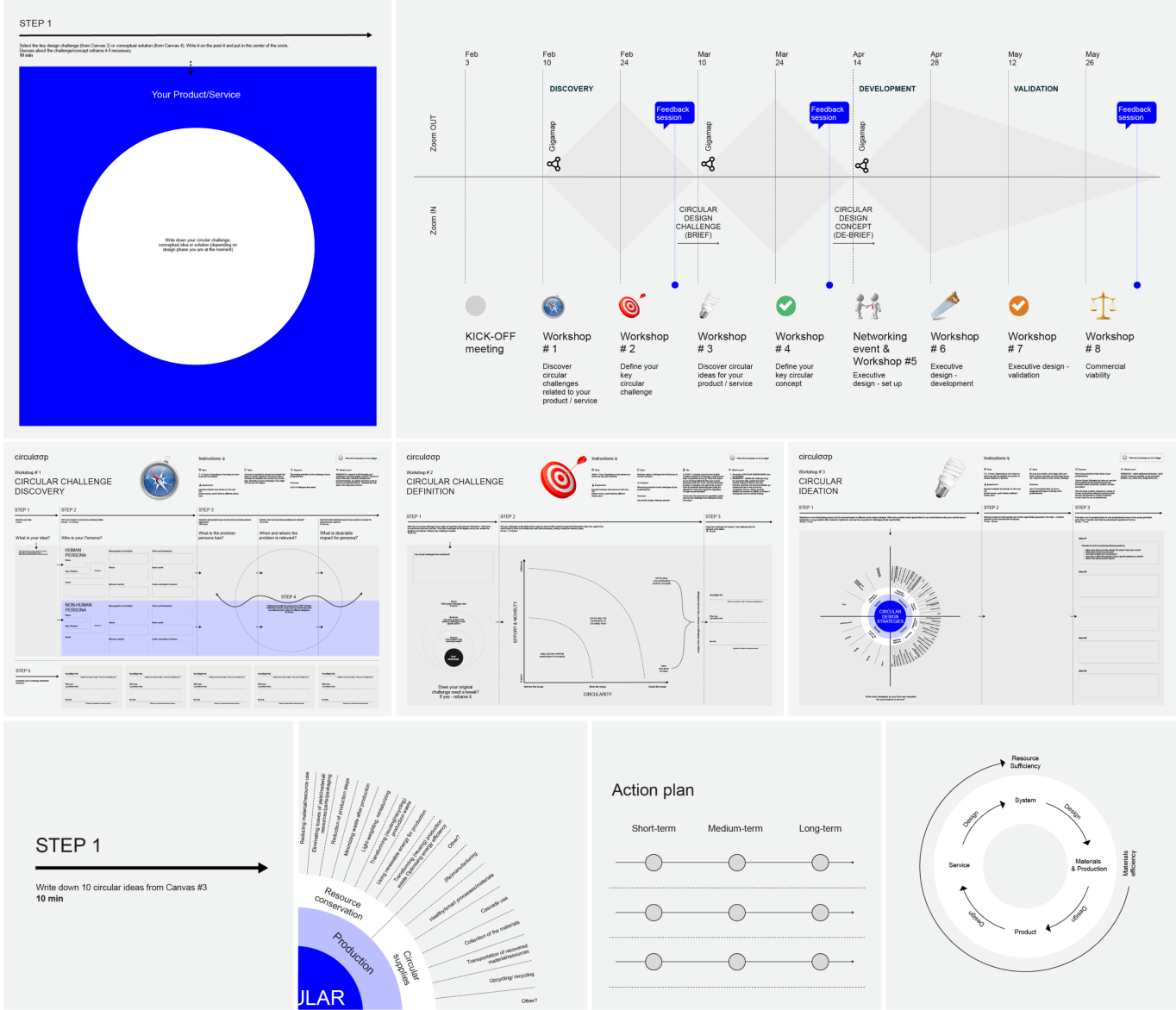
The insight
There is enough material and content available to use for different tasks. Creating new materials is not always the solution; finding the right mix is the key.
The change to the context
First of Its Kind: The platform has introduced circularity into the startup and design ecosystems.
New Circular Products and Services: Platform participants created circular products and services that were new to the market.
Elevated Mindset: The process engaged many stakeholders, resulting in a changed perspective and revealing tools for future applications.
The change to the context
Desk Research: Conducted research to understand the concept and its various applications in depth.
Data Sensemaking: Analyzed how circularity should be introduced in this context.
Workshops: Designed and facilitated sessions with stakeholders and participants to better understand the challenges and transfer know-how directly.
Brand Positioning: Developed the perspective for visual language and strategic guidelines.
Strategy: Framed the direction and tactics for the development of the brand and product itself.
Visual Identity: Created a logo, graphic elements, and a comprehensive visual system to meet circularity criteria and address the challenge at hand.

